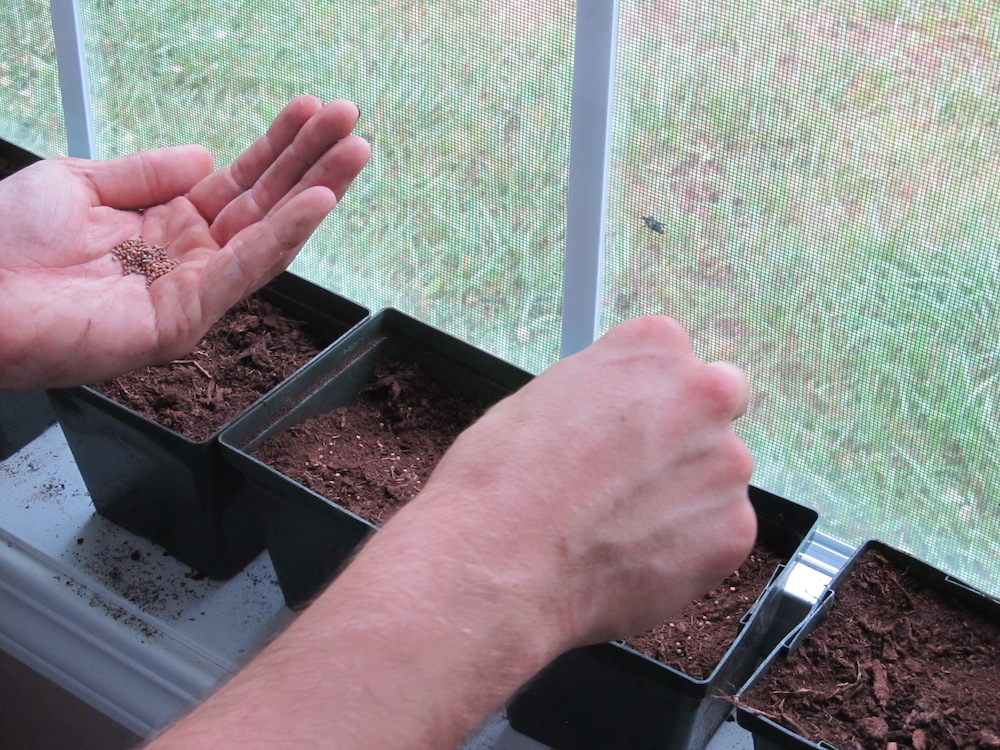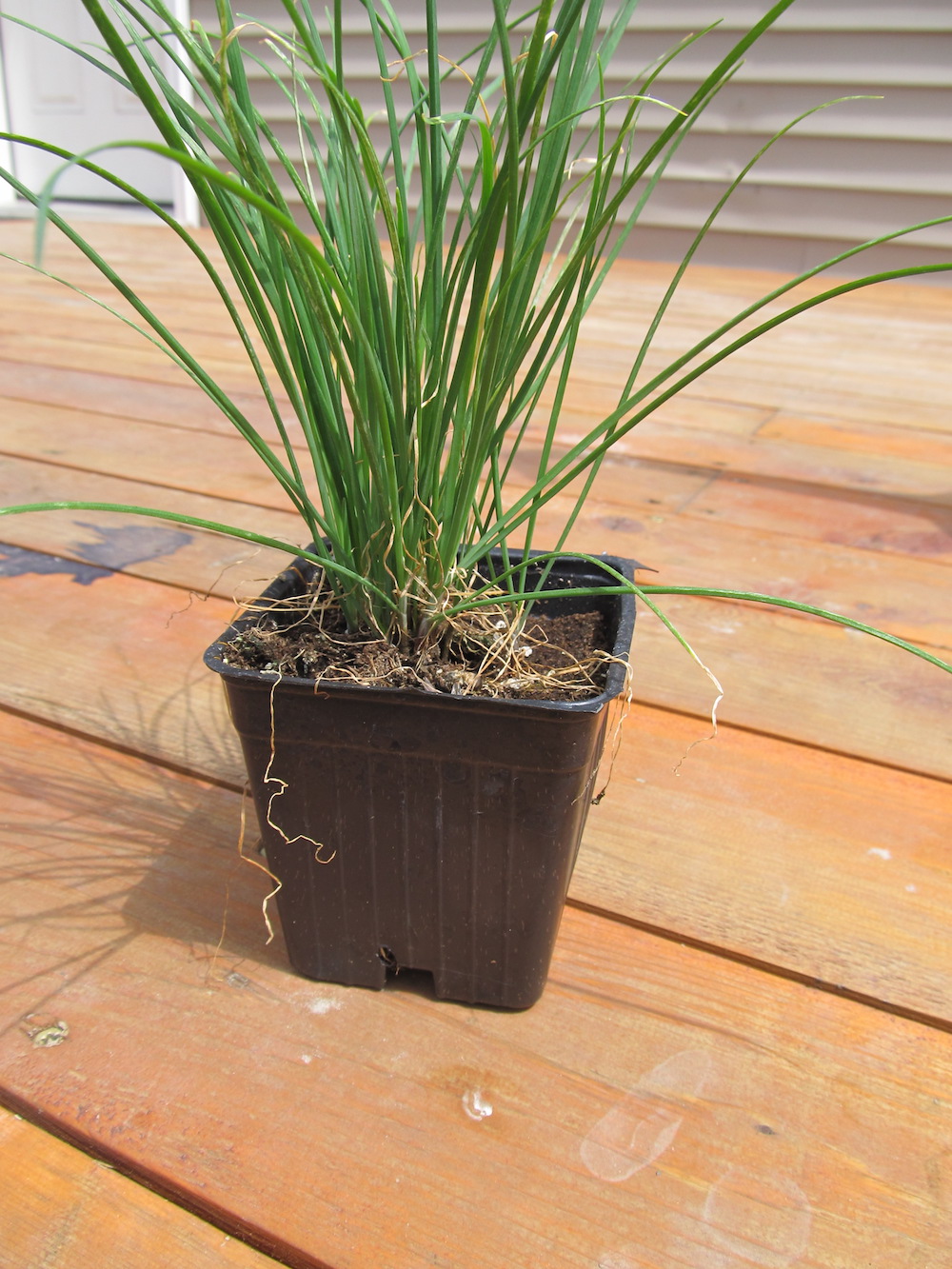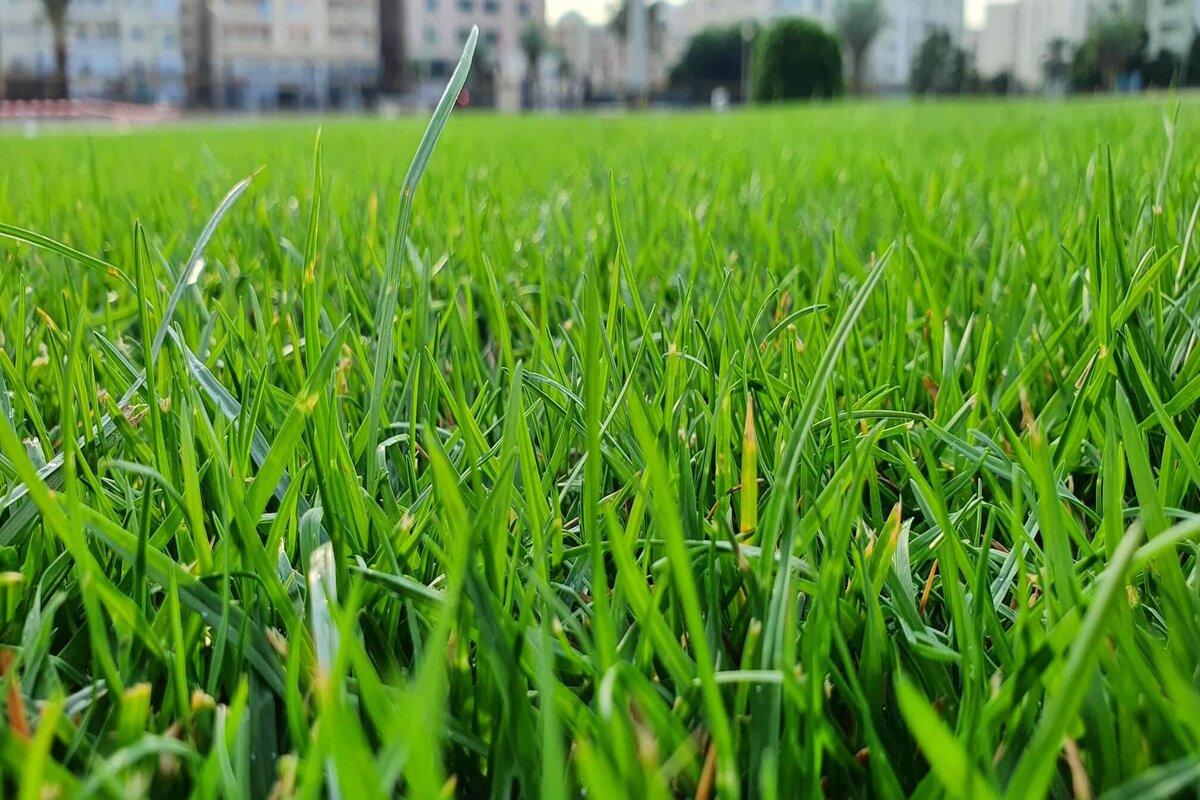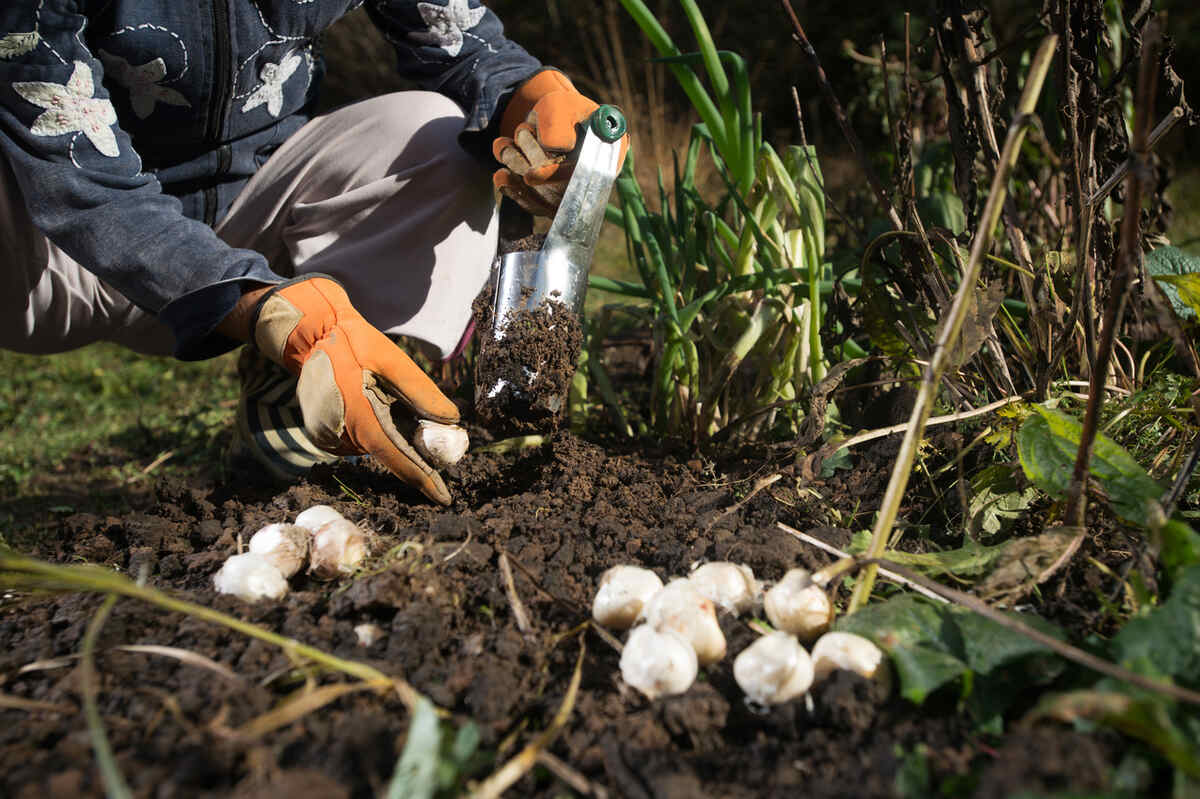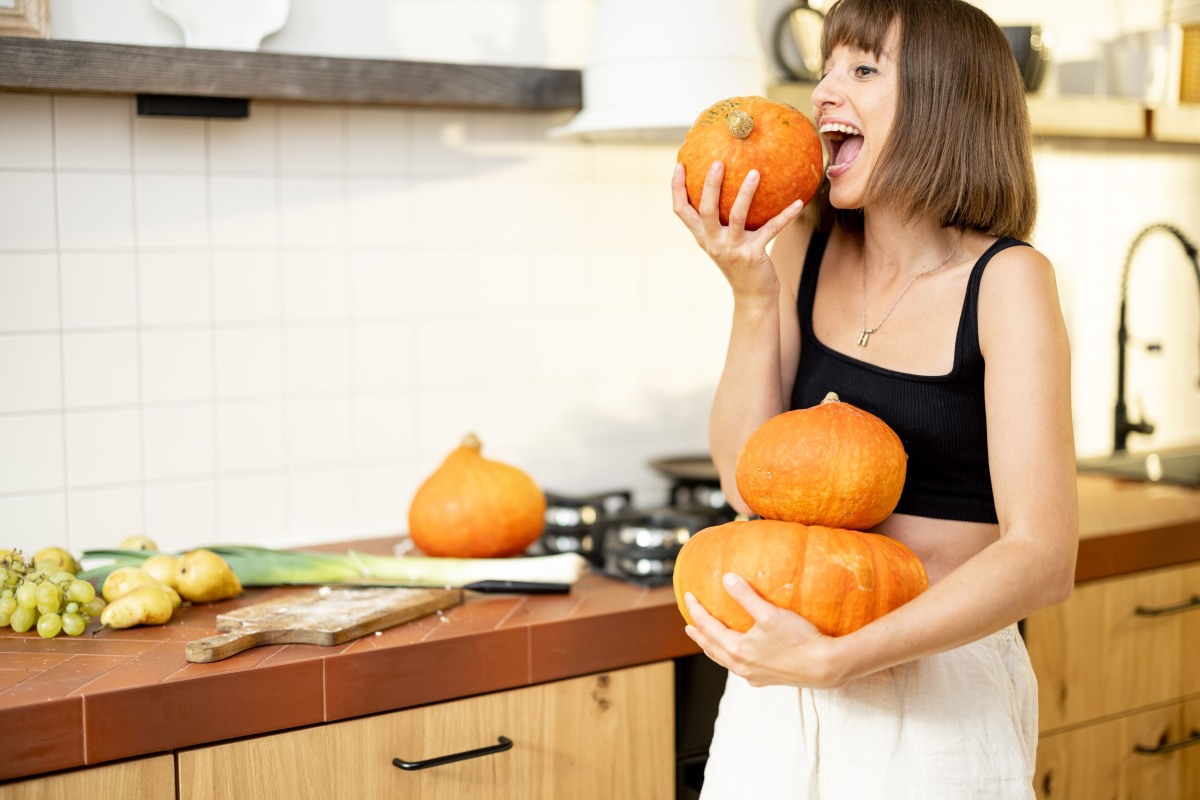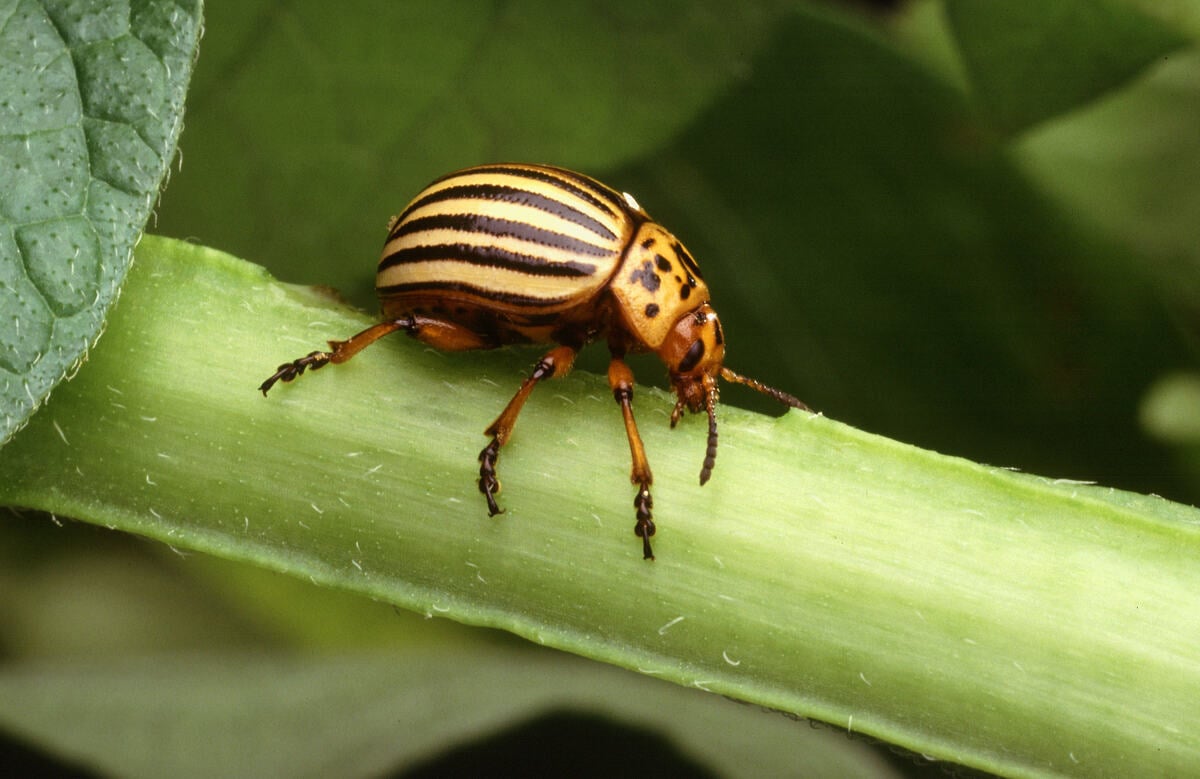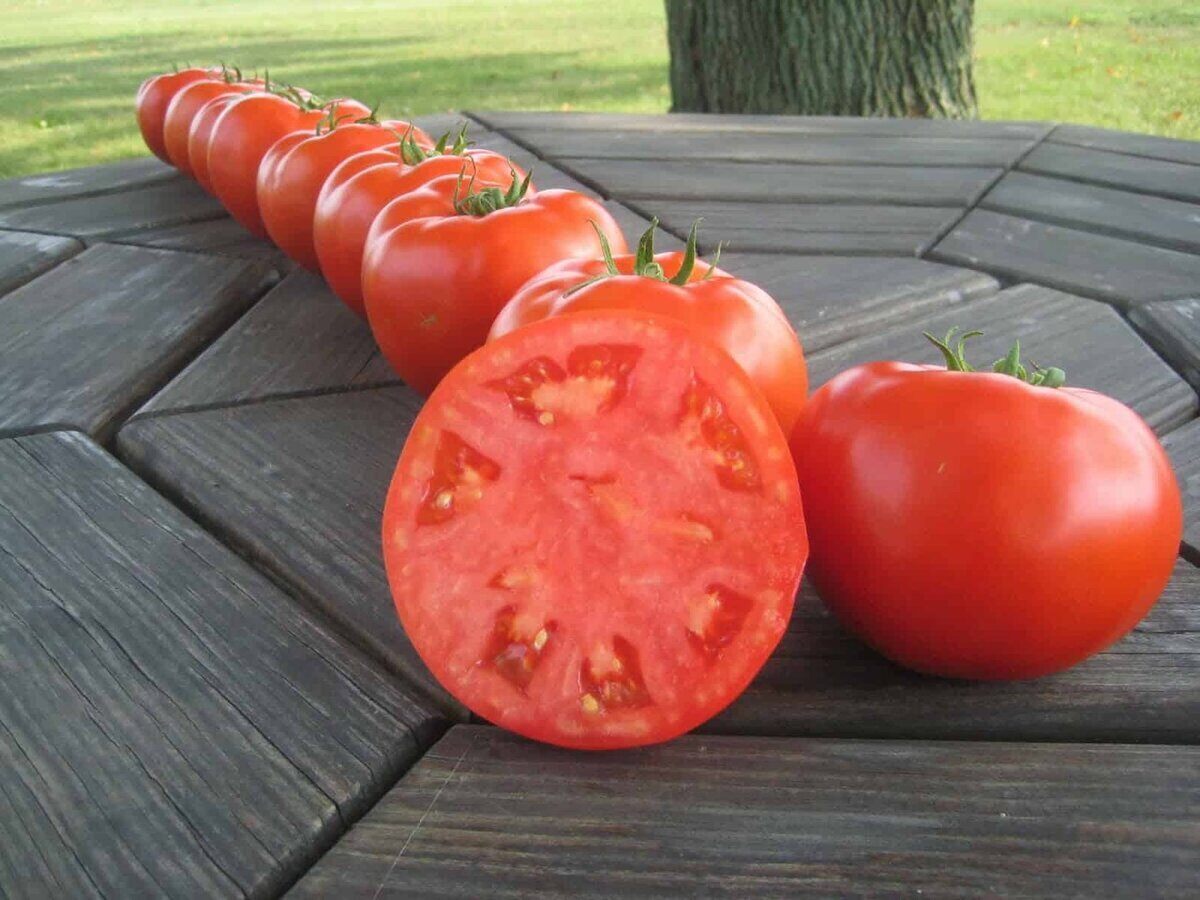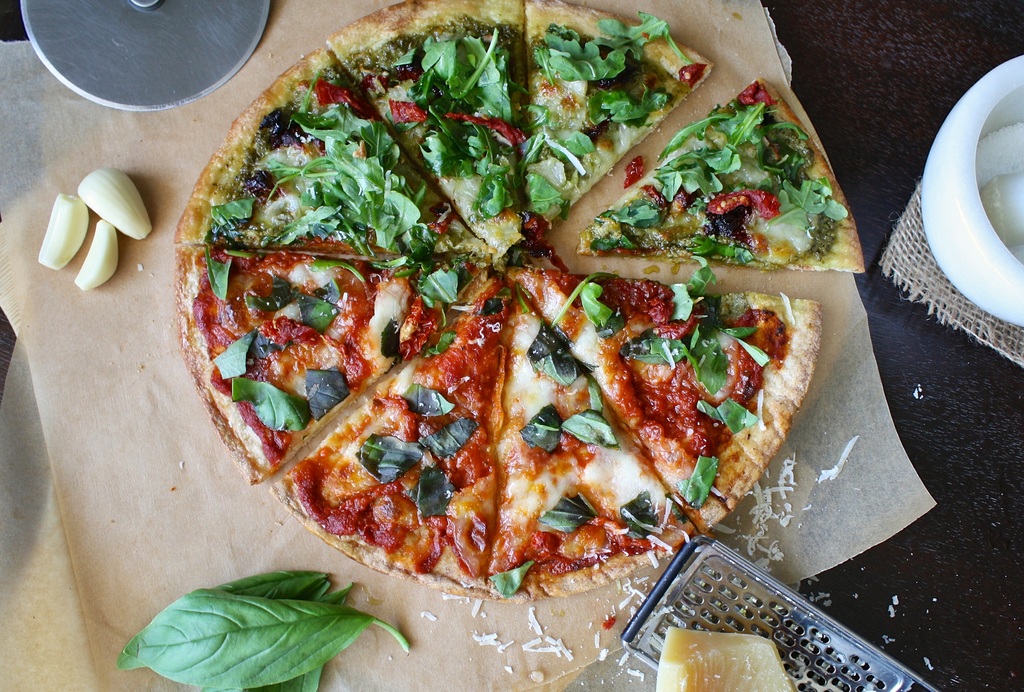
Who doesn’t love a fresh slice of pizza? With endless combinations of toppings, side dishes, and other creative options, pizza is a great way to enjoy summer-fresh produce no matter how picky you might be. While stocking your herb cabinet can be expensive, growing your own pizza-perfect herb garden is a great way to boost the nutrients and flavors in your homemade pizza.
Materials Needed:
- Seed starting or potting soil
- Seeds or started plants
- Round planters
- Labels
- Permanent marker
- Mulch
- Compost
1. Choose your herbs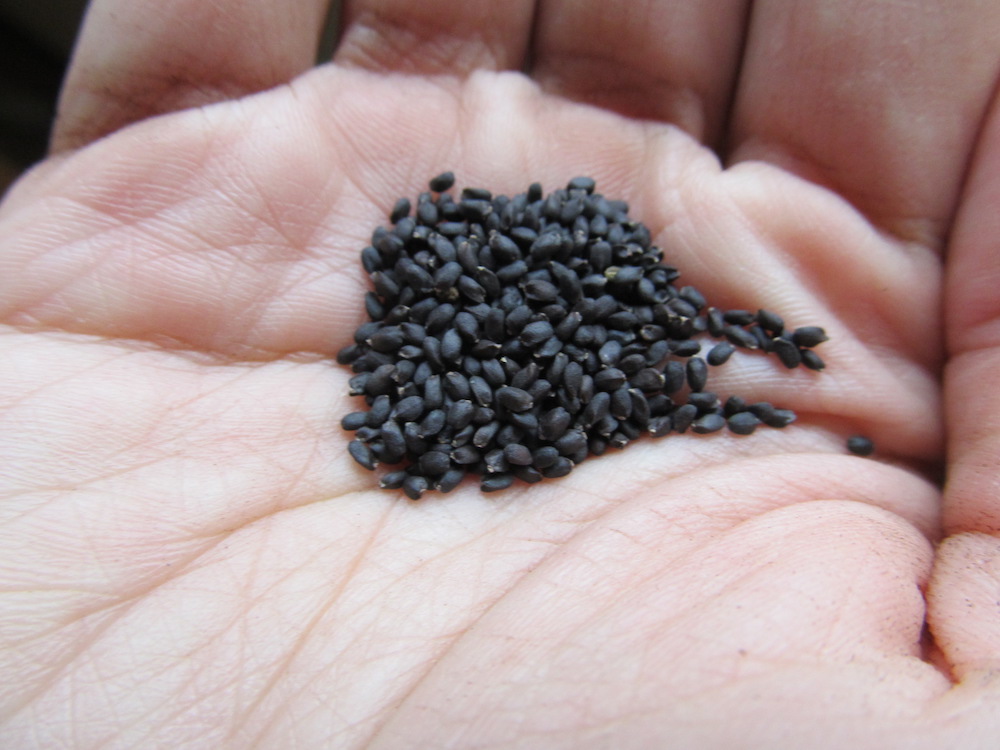
Before you can get to planting, you need to decide which herbs you would like to use. The go-to favorites for spicing up pizzas include basil, thyme, rosemary, oregano, arugula, and cilantro. In this tutorial, we will be planting basil, parsley, chives, thyme, arugula, cilantro, and oregano. Pick whichever herbs you like best, as you will likely have a bounty leftover to use in other recipes as well. I used this variety pack of heirloom seeds, which gave me a nice quantity and diversity of seeds.
2. Label each planter
Once you have your seeds, prepare your planters. Create labels by writing the name of the herb on a small plastic stake, and then let the ink dry so it doesn’t run when you water the plants. You will reuse these labels when you transplant your herbs, too, so make sure your handwriting is clear and easy to read. As an alternative, especially if you are planning on growing your herb garden solely indoors, you can just use a piece of the packaging to labeling your seeds. Easy, and lets you recycle!
2. Prep your planters
You can plant all of your herbs in a single container, or separate them into multiple smaller planters. Invest in containers that have good drainage, or poke holes in the bottom of inexpensive plastic containers. Yogurt cups can be easily repurposed into makeshift planters.
4. Fill the planters with soil
Fill each planter with either seed starting soil or potting soil. If you have some handy, add a bit of aged compost or another organic fertilizer. This will give your plants a boost of nutrients.
5. Add seeds
Sprinkle your seeds on the surface of the soil. It will be difficult to space your seeds evenly, but try to leave around an inch between rows if possible. Then, take a handful of potting soil and add a thin layer of soil atop the seeds. Aim for a quarter-inch of additional soil so that the seeds will sprout quickly. If you’re planting oregano seeds, you can leave the seeds exposed so they germinate more effectively.
6. Gently water your planters
Once you have planted all of your seeds, grab a watering can and gently water your containers. Try to avoid splash back, as this will cause the seeds to rise to the top. Provide your seeds with a slow, steady drink, and push any seeds that emerge back down into the soil with your pinky nail.
Your seeds should sprout after a few days to three weeks. This depends on the conditions where you have planted them, a sunny windowsill is enough to get herbs growing. These chives and basil have a few weeks of growth, and are ready to be transplanted outside!
Continued Care
Continue watering regularly and also add organic fertilizer once seedlings have emerged. This will encourage foliage growth, which is, in essence, the part of the plant you harvest for culinary use.
Once your plants are about an inch high, you have a few options. You can choose to transplant them outside or leave them indoors on a sunny windowsill. For best results, leave a mixture of herbs inside and transplant some outdoors. Some herbs, such as chives, thyme, and Greek oregano, will come back year after year. Others will require replanting. However, if you leave some plants inside, you’ll have easy access to fresh herbs no matter what the season. This is a photo of my herb garden, where there are several types of perennial and annual “pizza” and “non-pizza” herbs.
Your herbs are ready to harvest as soon as they begin putting out foliage. Never harvest more than a third of the plant at a time, as this can shock the plant. However, don’t wait too long between harvests, as this can reduce the output of your plant and cause you to yield fewer herbs than you might expect.
After you have harvested your herbs, you can choose to dry them for long-term storage, or simply place them in the refrigerator or another cool, dry location until you are ready to use them on your pizza. Bon appetit!
Need help cleaning out your flowerbeds for a new herb garden? Visit our lawn care page for more information on getting in touch with a professional!

